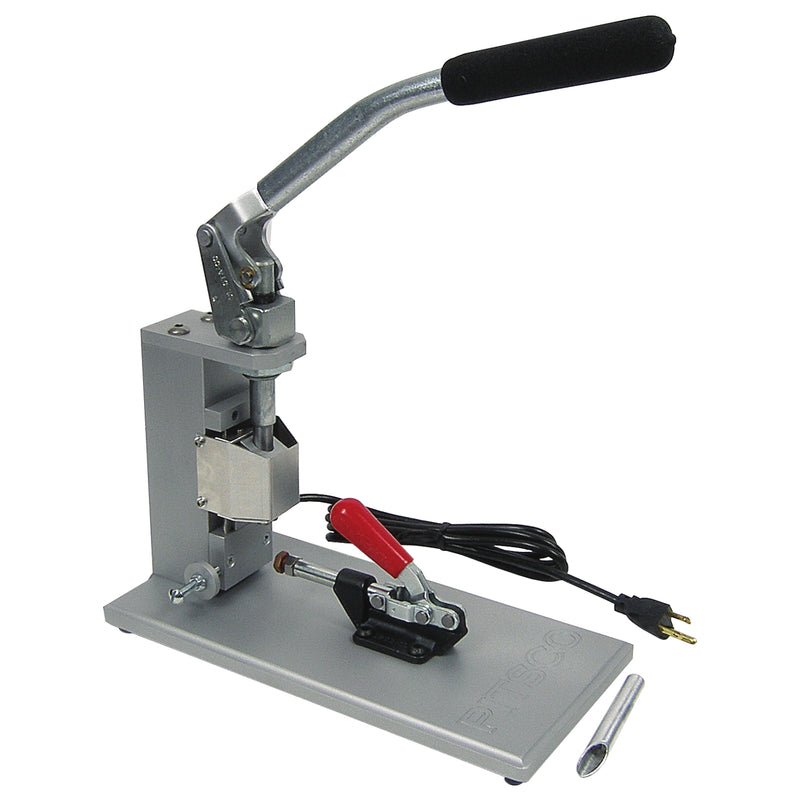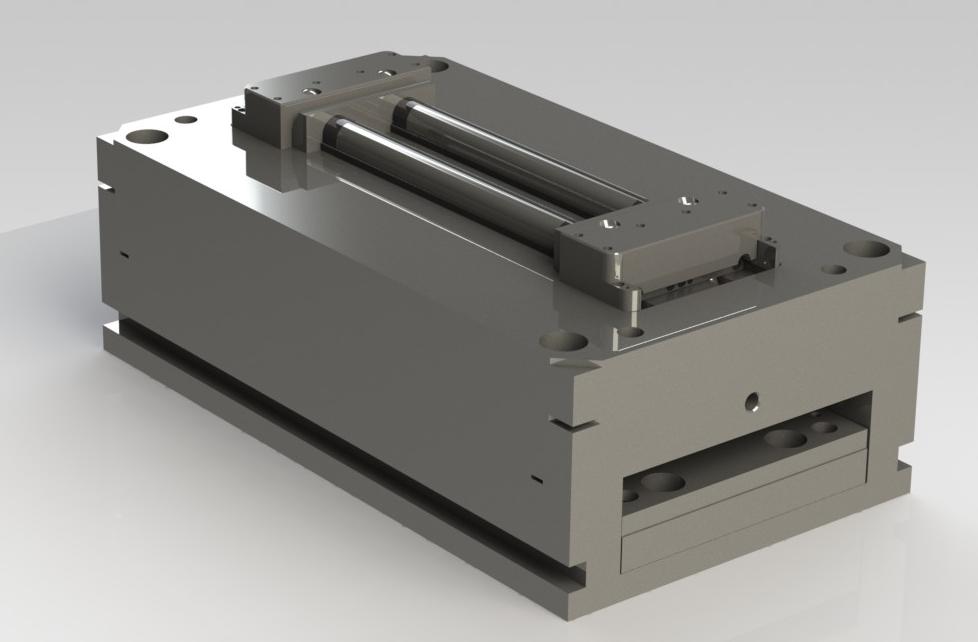Comprehending the Basics of Plastic Shot Molding Procedures
Plastic injection molding functions as a foundation of modern-day manufacturing, offering a methodical strategy to producing intricate components with precision. This procedure not just encompasses the basic steps of melting and infusing products into molds but likewise includes a nuanced understanding of various influencing variables, such as temperature and stress. As markets progressively demand performance and top quality, the details of this approach end up being extra critical. Discovering these important components could reveal exactly how even minor modifications can bring about considerable enhancements in manufacturing end results, questioning concerning the capacity for innovation in this established process.
What Is Plastic Injection Molding?
Plastic injection molding is a commonly made use of manufacturing procedure that changes thermosetting and polycarbonate products into precise and complex forms. This method is preferred for its ability to produce high volumes of the same get rid of outstanding precision, making it an essential technique in numerous sectors, including automobile, customer products, and medical gadgets.
The procedure entails melting the chosen plastic product and injecting it into a mold and mildew under high pressure. The mold and mildew, made to the requirements of the desired part, allows the liquified plastic to form as it solidifies and cools. When the product has set, the mold is opened, and the ended up element is expelled.
Plastic injection molding supplies several benefits, including decreased waste, uniformity in production, and the ability to integrate detailed styles that may be challenging with other making techniques. Additionally, it supports a broad series of materials, each supplying special residential properties that can be customized for particular applications. As markets remain to introduce, plastic injection molding continues to be at the forefront, allowing the development of advanced items that meet developing customer needs.
The Shot Molding Refine
The shot molding procedure is a sophisticated method that involves a number of crucial stages to generate high-grade plastic components. Plastic pellets are fed right into a heated barrel where they are melted right into a thick liquid. This molten plastic is then infused under high stress into a precision-engineered mold, which shapes the product right into the desired kind.
As soon as the mold is loaded, the plastic is permitted to cool down and strengthen, taking the form of the mold and mildew dental caries. Air conditioning time is vital, as it influences the cycle time and the final buildings of the shaped part. After adequate cooling, the mold opens up, and the finished part is expelled utilizing ejector pins.

Products Utilized in Injection Molding
Various materials can be utilized in the shot molding procedure, each offering one-of-a-kind properties that deal with specific applications. The most commonly made use of products include thermoplastics, thermosetting plastics, and elastomers.

Thermosetting plastics, like epoxy and phenolic materials, undergo a chemical modification throughout the curing procedure, causing a rigid, stringent framework. These materials are optimal for applications calling for high heat resistance and structural stability, often utilized in electric insulators and auto parts.
Elastomers, consisting of silicone and rubber-based products, provide versatility and durability. Their special homes make them ideal for applications that require elasticity, such as gaskets and seals.
Additionally, specialty materials like bio-based plastics and composites are getting grip for their ecological advantages and improved efficiency attributes, widening the extent of shot molding applications in numerous sectors. Recognizing the residential or commercial properties of these materials is critical for selecting the suitable type for particular projects.
Advantages of Injection Molding
Shot molding attracts attention as a very reliable production process that provides various advantages for generating intricate get rid of accuracy. One of the most substantial advantages is the capability to produce intricate designs that would certainly be impossible or tough to accomplish with other methods (Plastic Injection Molding). The procedure enables for tight resistances and in-depth functions, ensuring high-quality parts
Furthermore, shot molding is understood for its rapid manufacturing capabilities, making it a perfect selection for high-volume production. As soon as the mold is developed, components can be produced promptly, minimizing lead times and raising general performance. This effectiveness not only reduces production expenses but likewise provides an affordable side out there.
The flexibility of products used in shot molding better improves its allure. A variety of thermoplastics and thermosetting polymers can be employed, enabling manufacturers to choose products that best satisfy their specific demands, consisting of adaptability, heat, and linked here stamina resistance.
Furthermore, the procedure decreases waste, as excess material can typically be reused and recycled. This sustainability facet adds to a decreased ecological influence, making shot molding a responsible manufacturing choice. Generally, the benefits of injection molding make it a preferred approach for many sectors.
Aspects Influencing Item Quality
While numerous elements can influence product high quality in injection molding, recognizing these elements is important for attaining optimum outcomes. Trick facets consist of product option, refining criteria, and mold and mildew layout.
Product option plays an essential duty, as various polymers show one-of-a-kind residential or commercial properties that affect flowability, strength, and thermal security. Poor product option can cause flaws such as warping or incomplete filling.
Handling specifications, including pressure, temperature, and cycle time, should be carefully controlled. Variants in these setups can cause variances partially dimensions and surface area finish. Exceedingly high temperature levels may create deterioration of the polymer, while insufficient stress can result in short shots.
Mold layout is equally important, as it establishes the flow of the molten plastic and the cooling procedure. Improperly developed mold and mildews may bring about unequal air conditioning rates, resulting in recurring click to read stresses and dimensional errors.

Verdict
To conclude, plastic shot molding functions as an essential production procedure that allows the effective production of top quality components. Mastery of the shot molding procedure, including the understanding of materials and the impact of numerous variables on product high quality, is vital for accomplishing optimum outcomes. The benefits of this approach, such as cost-effectiveness and style flexibility, further emphasize its relevance across multiple sectors, strengthening its condition as a preferred selection for high-volume manufacturing.
Plastic injection molding offers as a foundation of modern production, offering a methodical strategy to creating intricate elements with precision.Plastic shot molding provides numerous advantages, consisting of minimized waste, consistency in manufacturing, and the capability to integrate intricate layouts that may be testing with other making methods (Plastic Injection Molding). As sectors proceed to innovate, plastic injection molding continues to be at the leading edge, making it possible for the growth of innovative products that satisfy advancing customer needs
The shot molding process is an innovative method that includes several vital stages to create top quality plastic components.In verdict, plastic shot molding offers as an important production Full Report process that makes it possible for the reliable production of high-quality elements.
Comments on “Understanding the Plastic Injection Molding Process for High-Quality Production”